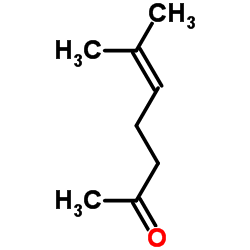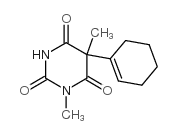| Structure | Name/CAS No. | Articles |
|---|---|---|
 |
6-Methylhept-5-en-2-one
CAS:110-93-0 |
|
 |
2,4,6(1H,3H,5H)-Pyrimidinetrione,5-(1-cyclohexen-1-yl)-1,5-dimethyl-
CAS:56-29-1 |